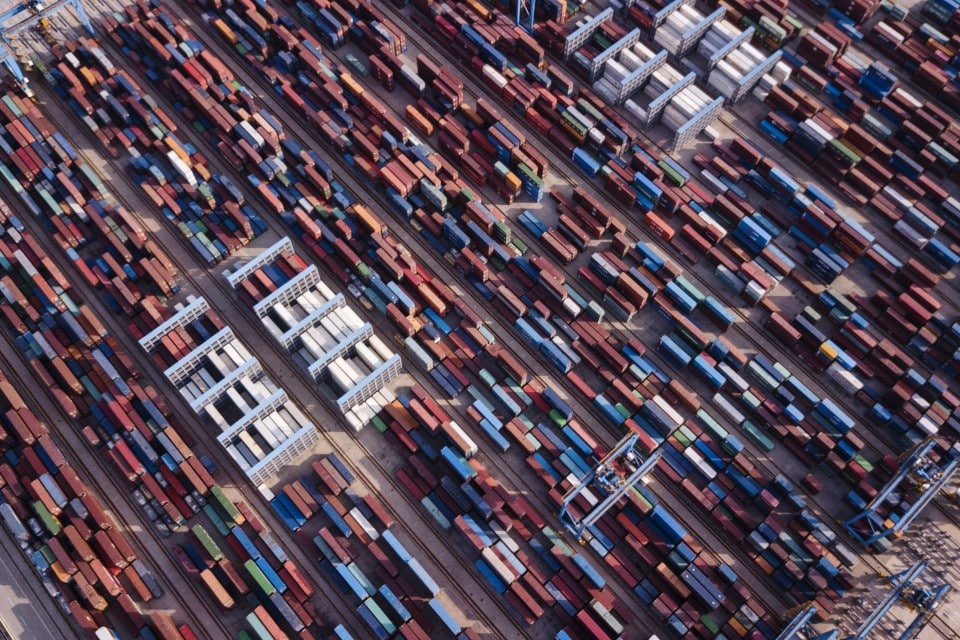Nathan Gardels is the editor-in-chief of Noema Magazine.
Nathan Gardels is the editor in chief of The WorldPost, a partnership of the Berggruen Institute and The Washington Post.
BEIJING — Taking a stroll last weekend down Chang’an Avenue in central Beijing, I passed a Porsche dealership on my way to Tiananmen Square. A little further along, at the National Museum just before the square, a winding queue stretched around the corner. People waited patiently in the bracing cold, gaily waving the red flags of their tour group, to see a highly celebrated exhibition on the “40th Anniversary of the Reform and Opening Up.”
The Chinese are rightly proud of their accomplishments. Policies initiated by Deng Xiaoping in 1978 helped create a middle class larger than that in the United States and, according to the World Bank, left less than 1 percent of the population behind in poverty by 2015.
But in order to get through security for the exhibit to enter the vast public space that unfolds before the Great Hall of the People, each person had to scan their personal ID card for admittance. In a nutshell, this is China today: e-savvy authoritarian control meets rising prosperity.
Chinese President Xi Jinping sees his historic mission as building on Deng’s legacy. As he has declared to the Berggruen Institute’s 21st Century Council in all our meetings over the last six years and in his message to the council in our meeting this week, China is closer to “rejuvenation” than ever before and entering a “new era.”
But the “new era” now emerging is not the one he was expecting.
As China navigates the already wrenching transition from factory of the world to a wired consumer society, the nation is mired in a confrontation, led by the United States, over the mercantilist trade policies that helped get it where it is today. And it is also facing what its leaders consider an existential challenge by the Trump administration over its quest to conquer the latest technologies, from 5G telecom to robotics and artificial intelligence.
The concern in Washington is that dominance in such technologies by a reemergent Middle Kingdom will lead to a spillover of opaque and autocratic conduct beyond its borders to nations in thrall to its growing economic clout. For China’s leaders, falling behind in the tech race is a recipe for another century of humiliation at the hands of the West. They fiercely insist on China’s right to follow its own development path.
Everyone I met in Beijing this week, from the elite to the street, believes the recent arrest of the prominent Huawei executive transiting through Canada confirms what they suspected all along: the United States is intent on keeping China down.
As the conflict deepens, both China and the United States are realizing that the interdependence, built up over decades, can’t be so easily unraveled. China’s Achilles’ heel is that more than 90 percent of the semiconductor chips it relies on to technologically upgrade its economy are imported — mostly from the United States or American-owned companies.
For its part, the United States should be careful what it wishes for as it aims to block China’s advance. Swaggering rhetoric aside, America’s vulnerability lies in the fact that a trade war that damages the Chinese economy also damages its own. The stock market — an indicator of confidence in where things are headed — has taken notice with yet another steep dive driven by fresh reports of a slowdown in China. From soybeans to services, Chinese imports have helped fuel growth in the United States. When China slows down, so does America. And so does the rest of the world.
As was inevitable, the stock market is finally aligning with the political volatility of the past two years. The kind of market volatility we are seeing today has always presaged a recession. That scares the daylights out of anyone with a 401(k) and threatens pension funds and public budgets that have thrived on the returns and tax revenues of the long recovery since the 2008 financial crisis. Zhu Min, the former deputy managing director of the International Monetary Fund, expects a downturn in the real economy to hit by 2020.
There is no reason that the present volatility cannot be tamed by establishing fair and reciprocal trade relations with China, as was achieved in October with Canada and Mexico in the renegotiated North American Free Trade Agreement. One can see a path to that eventuality because it is a matter of rebalancing current practices within an already integrated global system.
A far tougher challenge for the world’s two largest economies is finding a modus vivendi in the technology race. That is about sovereign control of two nations’ destinies in an uncertain future.
Both sides fear that using the other’s information technology will invite espionage. Those in the West who cherish liberal values are right to worry that facial recognition software, AI and big-data capacities gleaned from Silicon Valley and elsewhere will be used to consolidate China’s digital authoritarianism and cyberwar capabilities. From China’s perspective, it deserves the same chance as all other states in partaking of wealth and leaps of productivity when intelligent machines are deployed — from fields of medical diagnosis to automated manufacturing to energy efficiency. One way or another, Beijing will get there, either through open competition in a global system of rules or through the decoupled self-reliance of a parallel economy.
More than anything else, how this issue is resolved will determine whether or not the world will once again be frozen into the hostile blocs of a rejuvenated Cold War. It will either make or break the possibility of a world safe for interdependence.
This was produced by The WorldPost, a partnership of the Berggruen Institute and The Washington Post.




